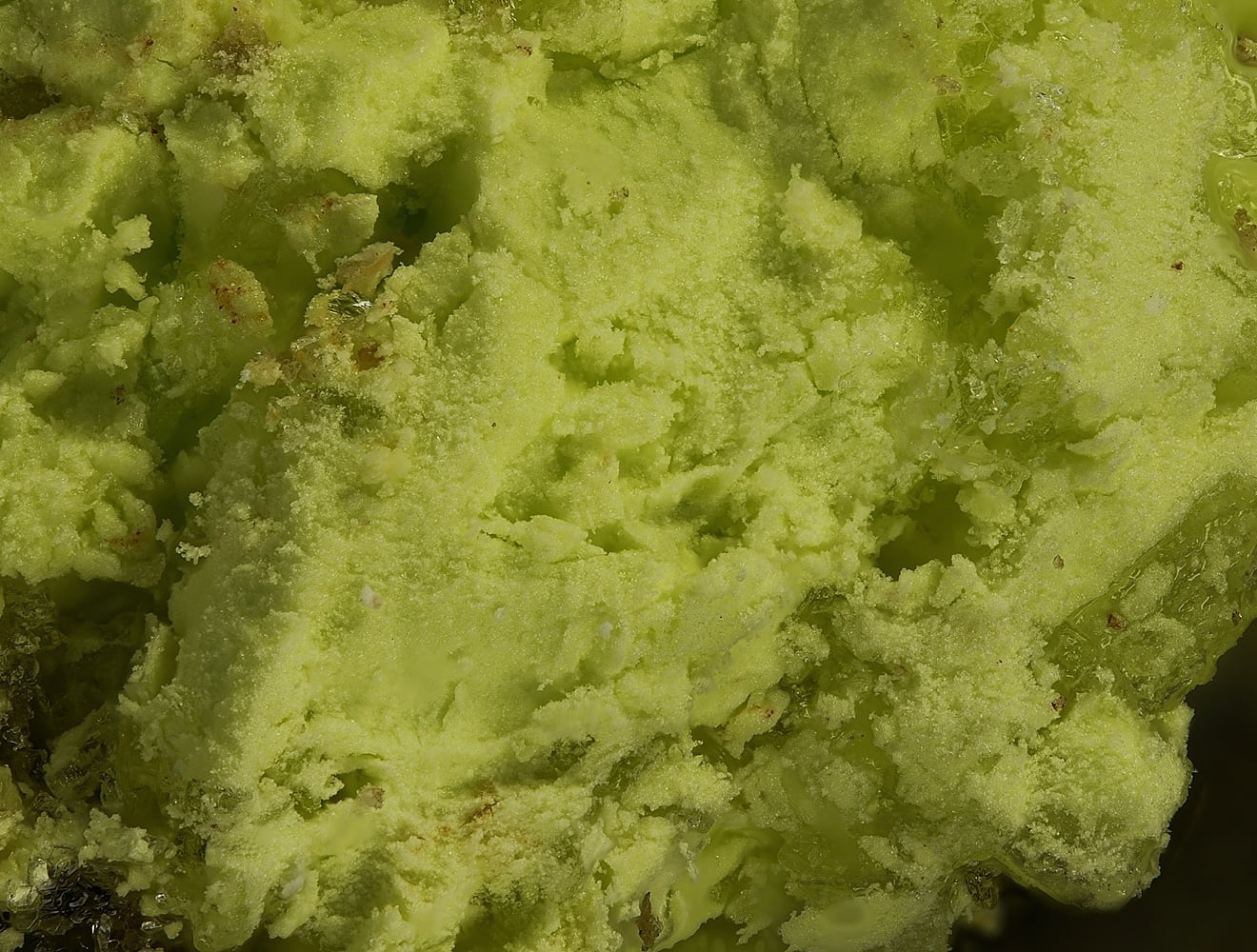
Cadwaladerite might sound like a tongue twister, but it’s a fascinating mineral with a story to tell. Named after Charles Cadwalader, this rare mineral has unique properties that make it stand out. Found primarily in the United States, cadwaladerite is a hydrated aluminum chloride mineral. Its crystal structure and formation process intrigue geologists and mineral enthusiasts alike. What makes cadwaladerite special? For starters, it forms in arid environments and is often associated with other evaporite minerals. Its delicate, fibrous crystals can be quite beautiful under a microscope. Whether you’re a budding geologist or just curious about the natural world, learning about cadwaladerite can be a fun and educational journey. Ready to dive into 30 amazing facts about this unique mineral? Let’s get started!
Key Takeaways:
- Cadwaladerite is a rare, soft mineral with a unique composition found in arid environments. Its solubility in water makes it a challenge to preserve, making it a prized collector's item.
- Named after a notable figure in mineralogy, Cadwaladerite's discovery in 1941 contributed to our understanding of evaporite mineral formation. Its physical and chemical properties make it a subject of interest for scientists studying geological history.
What is Cadwaladerite?
Cadwaladerite is a rare mineral that has intrigued geologists and mineral enthusiasts alike. Named after Charles Meigs Biddle Cadwalader, it has a unique composition and fascinating properties. Let's dive into some intriguing facts about this mineral.
-
Cadwaladerite is an aluminum chloride hydroxide mineral, with the chemical formula AlCl(OH)2·4H2O.
-
This mineral was first discovered in Mexico in 1941.
-
It typically forms in arid environments, often found in evaporite deposits.
-
Cadwaladerite is known for its white to colorless appearance.
-
It has a vitreous to pearly luster, making it quite attractive under light.
-
The mineral is soft, with a Mohs hardness of just 1.5 to 2.
-
Cadwaladerite crystals are usually tabular or prismatic in shape.
-
It is often found in association with other minerals like halite and gypsum.
-
This mineral is soluble in water, which can make it challenging to preserve.
-
Cadwaladerite is often found in small quantities, making it a rare collector's item.
Historical Significance of Cadwaladerite
Understanding the historical context of Cadwaladerite can provide insights into its discovery and naming.
-
The mineral was named in honor of Charles Meigs Biddle Cadwalader, a notable figure in the field of mineralogy.
-
Its discovery in 1941 marked an important addition to the list of known minerals.
-
Cadwaladerite's initial identification was based on samples from the Santa Eulalia District in Chihuahua, Mexico.
-
The mineral's name was officially approved by the International Mineralogical Association (IMA).
-
Early studies of Cadwaladerite contributed to the understanding of evaporite mineral formation.
Physical and Chemical Properties
Cadwaladerite's unique physical and chemical properties make it a subject of interest for scientists.
-
The mineral has a specific gravity of approximately 1.66.
-
Cadwaladerite's crystal system is monoclinic, meaning it has three unequal axes with one inclined to the plane of the other two.
-
It exhibits perfect cleavage in one direction, which refers to its tendency to break along flat surfaces.
-
The mineral's refractive index ranges from 1.50 to 1.52, affecting how light passes through it.
-
Cadwaladerite can dehydrate easily, losing water molecules when exposed to air.
Occurrence and Locations
Cadwaladerite is found in specific geological settings, often in limited locations around the world.
-
Besides Mexico, Cadwaladerite has been reported in Chile and the United States.
-
It typically occurs in dry lake beds and other evaporite environments.
-
The mineral is often found in crusts or efflorescences on the surface of rocks.
-
Cadwaladerite can form as a secondary mineral in the oxidation zones of chloride-rich deposits.
-
Its presence is an indicator of past climatic conditions, particularly arid or semi-arid environments.
Uses and Applications
While Cadwaladerite is not widely used in industrial applications, it holds value for collectors and researchers.
-
The mineral is primarily of interest to mineral collectors due to its rarity and unique properties.
-
Cadwaladerite samples are often displayed in museums and educational institutions.
-
Researchers study Cadwaladerite to understand mineral formation processes in evaporite environments.
-
The mineral's solubility and reactivity make it a subject of interest in geochemical studies.
-
Cadwaladerite's unique properties can provide insights into the geological history of the regions where it is found.
Cadwaladerite's Unique Place in Mineralogy
Cadwaladerite, with its distinctive properties and fascinating history, stands out in the world of minerals. Named after Charles Meigs Biddle Cadwalader, this rare mineral has intrigued scientists and collectors alike. Its unusual formation process and limited geographical occurrence make it a subject of ongoing study and interest.
Understanding Cadwaladerite not only enriches our knowledge of mineralogy but also highlights the complex interactions within Earth's crust. Whether you're a seasoned geologist or just curious about the natural world, Cadwaladerite offers a glimpse into the intricate beauty of minerals.
Next time you come across a mineral collection or visit a natural history museum, keep an eye out for this remarkable mineral. Its unique characteristics and historical significance make it a true gem in the study of Earth's natural wonders.
Frequently Asked Questions
Was this page helpful?
Our commitment to delivering trustworthy and engaging content is at the heart of what we do. Each fact on our site is contributed by real users like you, bringing a wealth of diverse insights and information. To ensure the highest standards of accuracy and reliability, our dedicated editors meticulously review each submission. This process guarantees that the facts we share are not only fascinating but also credible. Trust in our commitment to quality and authenticity as you explore and learn with us.
